0700 · On August 6, 1945, the US dropped an atomic bomb on the Japanese city of Hiroshima, and three days later, on August 9, it dropped another bomb on Nagasaki, killing hundreds of thousands of people and affecting many more who would suffer the effects of the radiation from the blast and the "black rain" that fell in the aftermath of the explosions0500 · Hiroshima and Nagasaki were experiments in a new kind of warfare, whose full implications were not entirely understood at the time The bombing of these cities in August 1945 brought an end to the Second World War, but at a terrible cost to the Japanese civilian population, and signalling the dawn of the nuclear ageOn the 9th of August 1945, three days later, the second bomb was dropped on Nagasaki Both Hiroshima and Nagasaki were cities in Japan There are many differing opinions on the subject of whether the dropping of the atomic bombs was justified
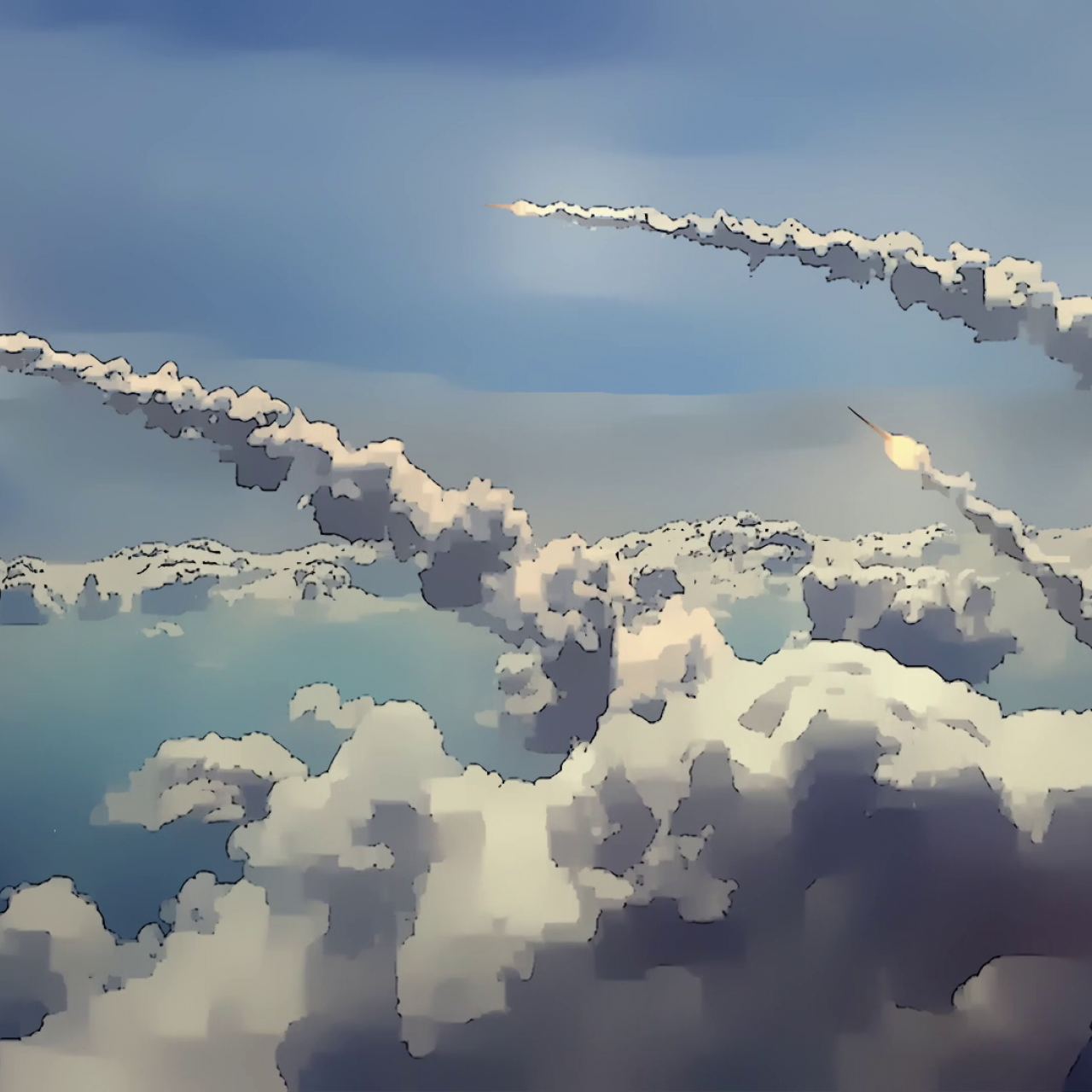
75 Years After Hiroshima And Nagasaki Icrc
What happened in nagasaki on august 9 1945
What happened in nagasaki on august 9 1945-This Day In History The Atomic Bomb Was Dropped on Nagasaki (1945) Ed August 9, 16 This day in history in 1945, America dropped a second atom bomb on Japan It was dropped on the city of Nagasaki, this ultimately forced Japan to surrender unconditionally The first Atomic bomb had been dropped on HiroshimaAtomic bomb dropped on Nagasaki On August 9, 1945, a second atom bomb is dropped on Japan by the United States, at Nagasaki, resulting finally in Japan's unconditional surrender
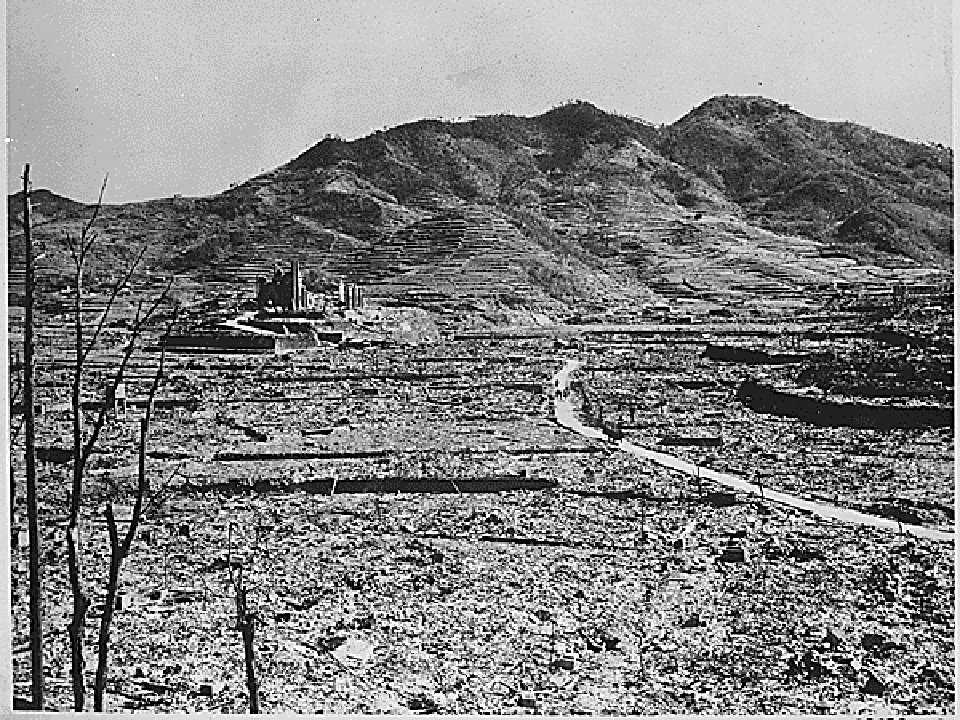


The Bombing Of Nagasaki August 9 1945 The National Wwii Museum New Orleans
0400 · A mushroom cloud is seen over Nagasaki, Japan, after the United States dropped an atomic bomb on the city on August 9, 1945 It came three days after a bomb was dropped over Hiroshima, JapanOn August 9, 1945, another bomber was in route to Japan, only this time they were heading for Nagasaki with "Fat Man," another atomic bomb After the first minute of dropping "Fat Man," 39,000 men, women and children were killed 25,000 more were injuredAccording to the official US version of history, an Abomb was dropped on Hiroshima on 6 August 1945, and another on Nagasaki three days later, to force Japan to surrender
VJ Day the evidence shows why atomic bombs on Hiroshima and Nagasaki were vital to end the Second World War The human cost was huge, but countless more lives were saved, asThe Atomic Bombing of Nagasaki, August 9, 1945 Japan Surrenders, August 1015, 1945 The Manhattan Project and the Second World War, The next break in the weather over Japan was due to appear just three days after the attack on Hiroshima, to be followed by at least five more days of prohibitive weatherEnglish Dropping of the Atomic Bomb on Japan, August 1945 Group Captain Leonard Cheshire VC RAF, the British observer for the dropping of the second atom bomb on Nagasaki 9 August 1945 and the former commander of No 617 Squadron (Dambusters), Royal Air Force
On August 6th, 1945 the United States, with approval of president Truman, dropped an atomic bomb on the city of Hiroshima On August 9th, 1945, a second atomic bomb dropped on another Japanese city, Nagasaki Altogether, these bombs ended world war II, but killed nearly 0,000 japanese citizens along with years of radiation sickness and burnsAtombombene over Hiroshima og Nagasaki ble sluppet 6 og 9 august 1945 over de japanske byene Hiroshima og Nagasaki De to atombombene drepte omlag 135 000 mennesker av direkte dødelig stråling, brannskader og skader av fallende og flyvende gjenstander Over noe tid døde rundt dobbelt så mange til av påførte skader, skader av direkte stråling, innånding av radioaktivtOn August 9, 1945, during World War II, the United States dropped the second bomb on Nagasaki an important port, killing an estimated 40,000 peopleThat day



An Atomic Anniversary In The City The Bomb Spared Bloomberg
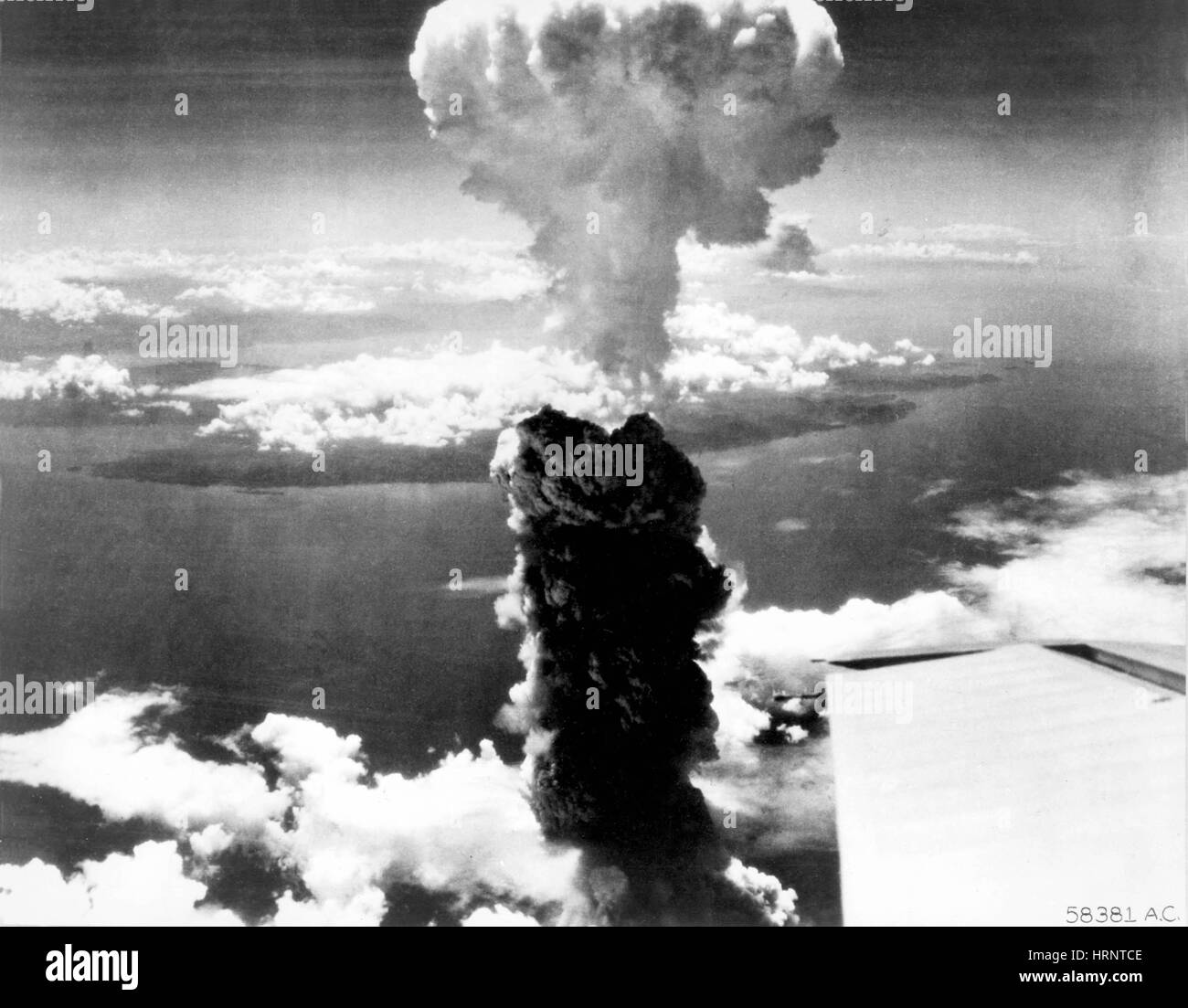


Wwii Nagasaki August 9 1945 Stock Photo Alamy
The bomb was dropped from an American B29 Superfortress, known as Enola Gay, at 0815 local time The plane's crew say they saw a column of smoke rising and intense fires springing up We found the Japanese in our locality were not eager to befriend us after all, they had not long ago had the most fearful weapon of all time dropped on their doorstep · The Atom Bomb 1871 Words 8 Pages The dropping of the Atom Bomb is one of many historical events of the World War II The Atom Bomb was dropped on Hiroshima and Nagasaki, two Japanese cities The two nuclear bombs were dropped by the Americans at the end of the war, more specifically on August 6th and August 9th in 1945 · On Aug 9, 1945, three days after the bombing of Hiroshima, the United States dropped a second atomic bomb on the city of Nagasaki The New York Times article reported that the dropping of the bomb occurred at noon, Japanese time



Behind The Image Nagasaki Japan 9 August 1945 Military History Matters



Truman And The Atomic Bomb Tutorial Sophia Learning
The dropping of the atomic bomb on Nagasaki and Hiroshima in 1945 by the Americans is a very controversial issue with no definite answer Both sides of the issue have very justifiable arguments0900 · The Bombing of Nagasaki, August 9, 1945 The bombing of the Japanese city of Nagasaki with the Fat Man plutonium bomb device on August 9, 1945, caused terrible human devastation and helped end World War II August 9, The Target Committee appointed by President Harry Truman to decide which Japanese cities would receive the Little Boy and FatAmerican forces have dropped an atomic bomb on Nagasaki the second such attack on Japan in three days The bomb was dropped by parachute from an



Ww2 Debate Was The Us Right To Drop Atomic Bombs On Hiroshima Nagasaki Historyextra


Nagasaki August 9th 1945 Iconic Photos
The second atom bomb was dropped 9 August 1945 80,000 human beings lost their lives The Japanese city of Nagasaki is bombed by a nuclear weapon named "Fat Man" · The Atom Bomb 1871 Words 8 Pages The dropping of the Atom Bomb is one of many historical events of the World War II The Atom Bomb was dropped on Hiroshima and Nagasaki, two Japanese cities The two nuclear bombs were dropped by the Americans at the end of the war, more specifically on August 6th and August 9th in 1945Group Captain Leonard Cheshire VC RAF, the British observer for the dropping of the second atom bomb on Nagasaki 9 August 1945 and the former commander of No 617 Squadron (Dambusters), Royal Air Force
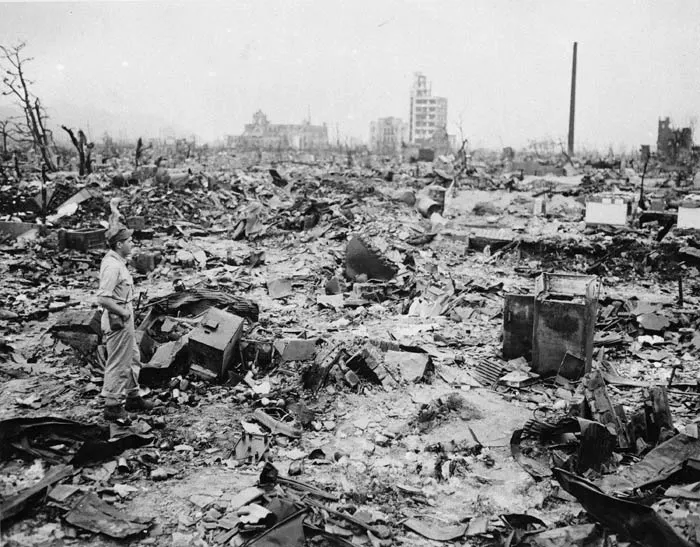


Explained What Happened In Hiroshima And Nagasaki In August 1945 Explained News The Indian Express



August 9th 1945 Atomic Bomb On Nagasaki History Calendar Youtube
· A Nagasaki temple after the second atomic bomb was dropped (Cpl Lynn P Walker, Jr / USMC) By got me reading about the Nagasaki bombing of August 9, 1945, which helped put an end to World War II after six long years of bloodshed The story of the Hiroshima bombing, in his 09 book Atom Bombs · Were the Americans justified in dropping the atomic bombs on Hiroshima and Nagasaki in August 1945?On August 9, 1945, Nagasaki was the target of the world's second atomic bomb attack (and first plutonium bomb) at 1102 am, when the north of the city was destroyed and an estimated 40,000



The Bombing Of Nagasaki August 9 1945 The National Wwii Museum New Orleans
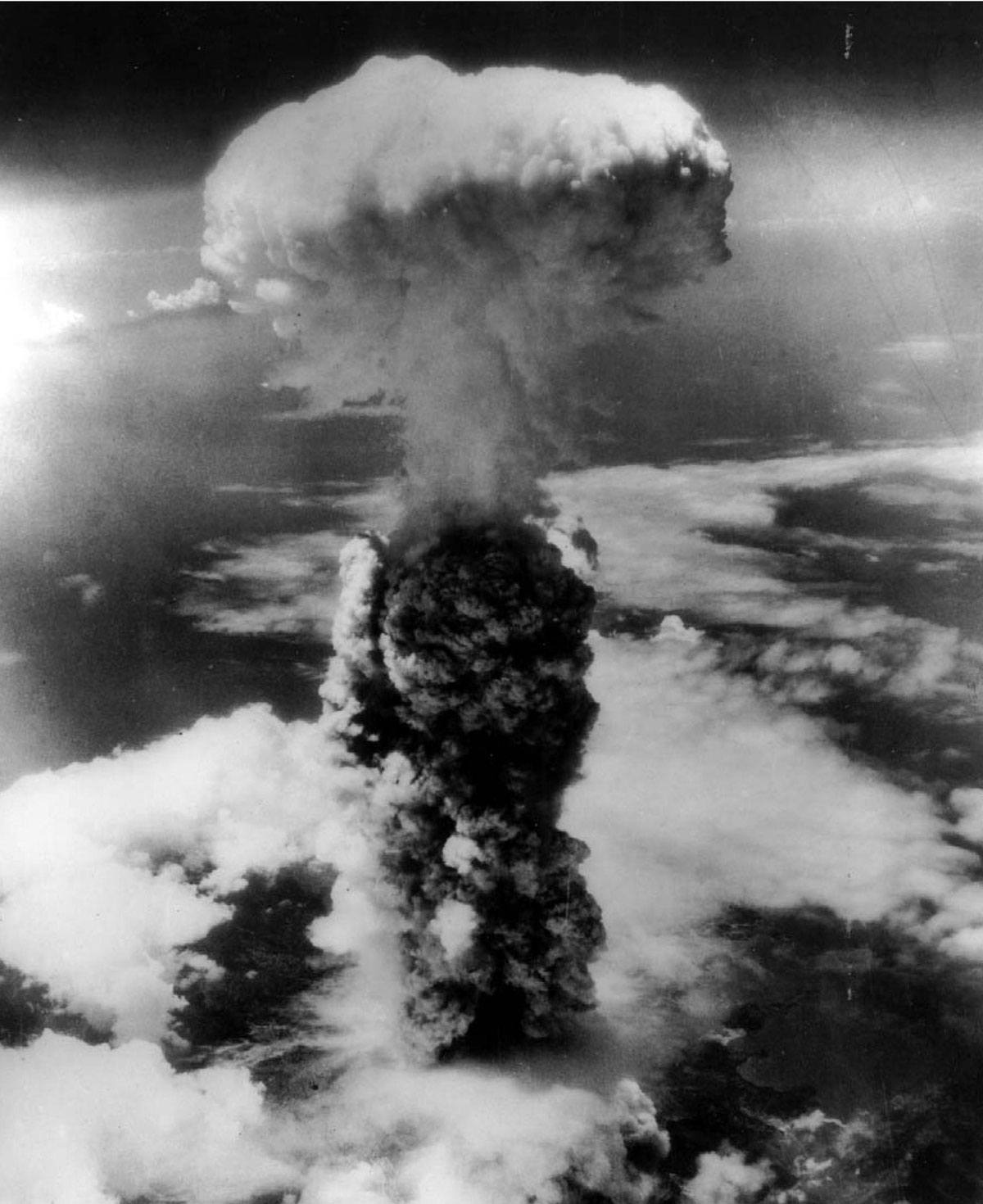


Hyperwar Us Army In Wwii Pictorial Record The War Against Japan Section 6


